This month we provide an update on the Hôpital de la Miséricorde and analyze controversial plans by Hydro-Québec to integrate an electricity substation into the haunted site. The ghost-ridden Hôpital de la Miséricorde has been empty for years and is starting to crumble. Located on prime real estate in Downtown Montreal...
Welcome to the sixty-eighth installment of the Haunted Montreal Blog!
With over 450 documented ghost stories, Montreal is easily the most haunted city in Canada, if not all of North America. Haunted Montreal dedicates itself to researching these paranormal tales, and the Haunted Montreal Blog unveils a newly researched Montreal ghost story on the 13th of every month!
This service is free and you can sign up to our mailing list (top, right-hand corner for desktops and at the bottom for mobile devices) if you wish to receive it every month on the 13th!

We are also thrilled to announce that with new public health measures in place, we are re-booting two of our outdoor haunted experiences with a maximum of 8 clients each:
We are also offering our Virtual Ghost Tour on demand!
Both public and private sessions are available! More details are below in our Company News section!
This month we examine McGill University’s Redpath Museum and all of its creepy artefacts. With shrunken heads, stolen mummies and dinosaur bones sometimes moving on their own accord, rumours abound that the Victorian Era Redpath Museum is haunted.
Haunted Research
Entering McGill University’s Redpath Museum is like stepping back into the Victorian Era. Hosting bizarre collections of dinosaur bones, shrunken heads and stolen Egyptian mummies, the Redpath Museum is unique among Montreal’s attractions. According to various reports, it is also haunted, with shrunken heads said to stare at people and the skeletons sometimes moving on their own accord. While the museum is certainly an interesting place to visit, some guests experience frightening paranormal activity within the dusty establishment.
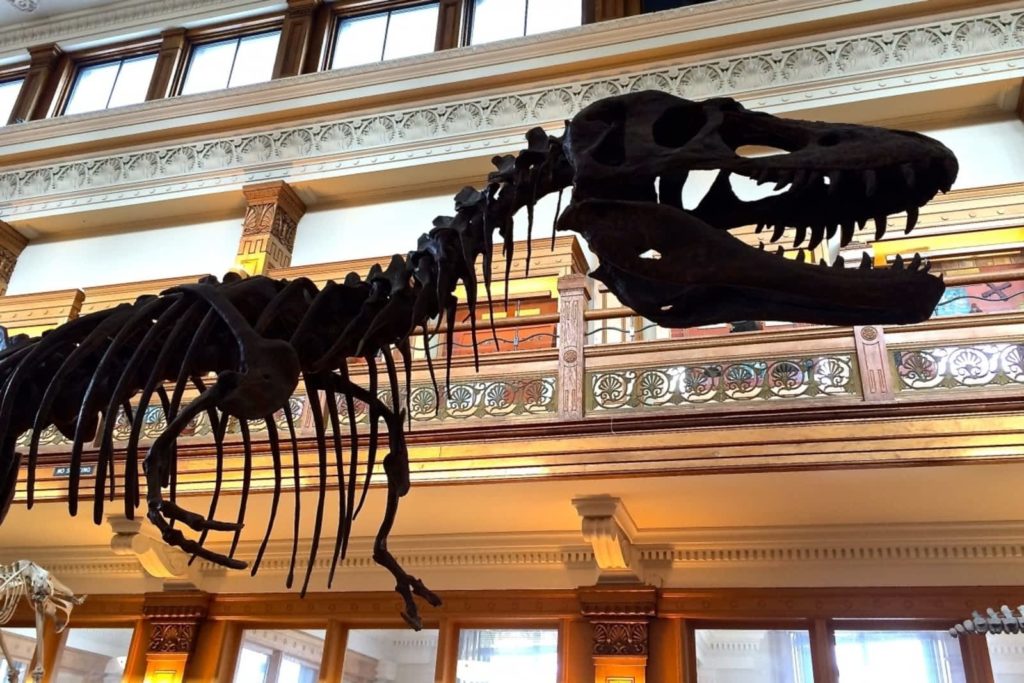
The Redpath Museum is one of the oldest museums in Canada. Commissioned by sugar baron Peter Redpath, the natural history museum’s purpose was to protect and display the vast collection of Sir William Dawson. As the principal of McGill University and a famous natural scientist, he had amassed the large collection over the years during his many travels.
With a combination of eclectic Victorian Classicism and Greek Revival architecture, not to mention its creepy exhibitions, the Redpath Museum was immediately popular when it opened in 1882.
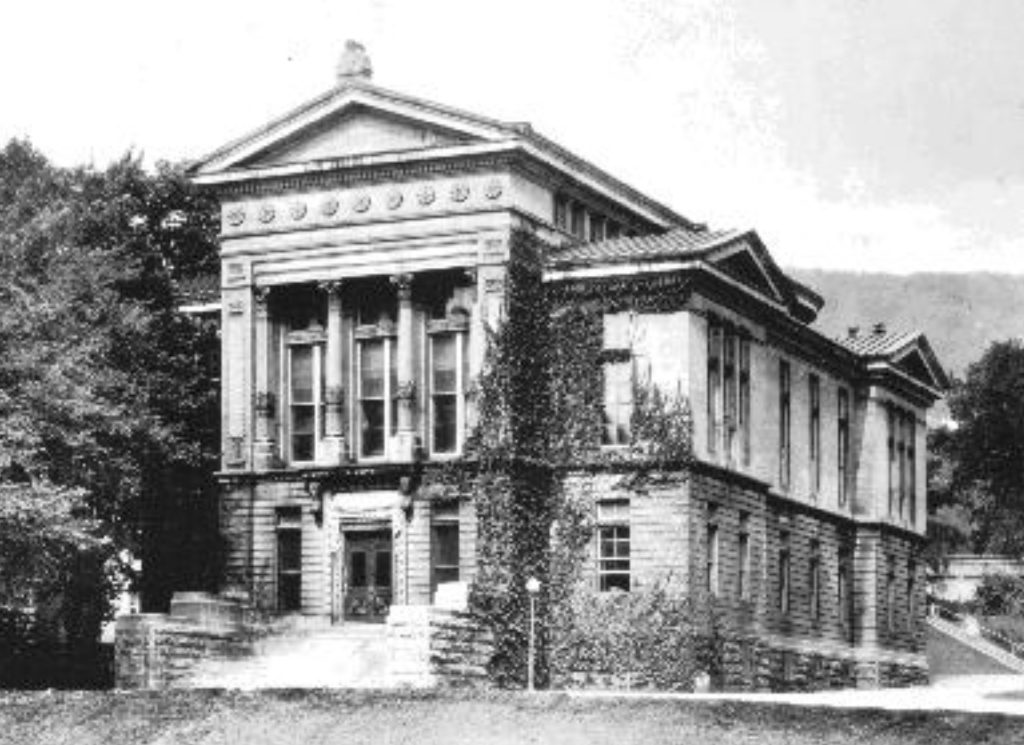
The vast collection includes various rare stones and fossils, as well as many skeletons including an anaconda snake and Gorgosaurus dinosaur.
Taxidermied animals are also on display, such as a lion, wolf, silverback gorilla and a giant spider crab. There are also stolen mummies, Egyptian coffins, a cast of the Rosetta Stone, African musical instruments, a shrunken head and other rare and bizarre artefacts.
One of the paranormal problems within the Redpath Museum is that some of the artefacts that seem to take on a life of their own. Whether this is just people’s eyes playing tricks on them or if the artefacts actually move on their own, the situation is reminiscent of the 2006 Hollywood film Night at the Museum starring Ben Stiller.
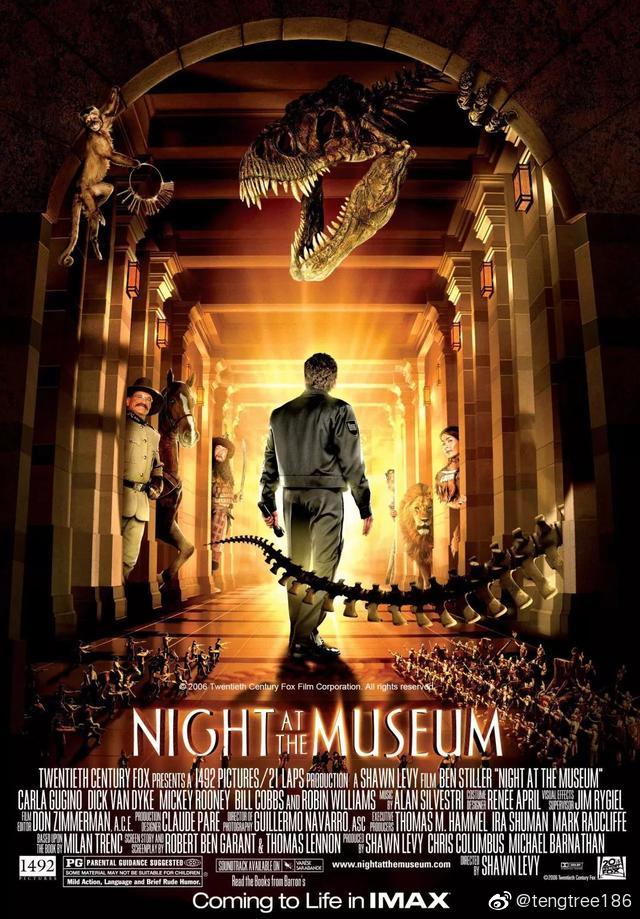
For starters, throughout the museum’s history, there have been all sorts of whisperings about haunted activity. From artefacts moving on their own or going missing – to bizarre noises including growling and the sounds of bones clacking, the museum is rumored to be a haunted environment. There are many anecdotes from reliable sources.
In 2008, Montreal Gazette journalist Al Kratina visited the Redpath Museum for an article called “Creepy Montreal”. He noted not only a sheet made of human teeth, but also a shrunken head displayed among the exhibitions on the top floor.
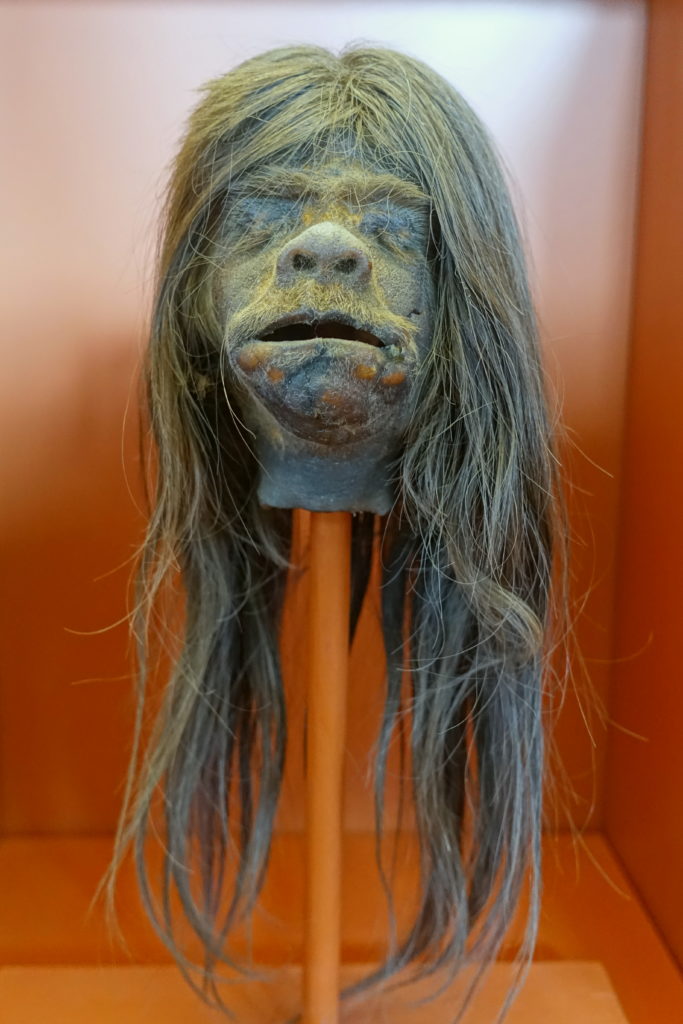
Kratina sensed that the shrunken head was staring at him; he described the gaze as an “evil eye”. The journalist quickly pulled out a piece of hematite, a stone used to deflect negative energy, to protect himself from the shrunken head’s disturbing gaze.
Others have described the shrunken head as giving them a “cork-eye” and one McGill student even claimed that the horrible artefact had snickered at her on one occasion.
On other occasions, people have heard the disembodied rattling of bones within the Redpath Museum. One night guard, who has since retired, reported hearing bones creaking and rattling on several occasions during his graveyard shifts.
He also noted, while patrolling the third floor overlooking the lower levels, something that deeply unnerved him. Sitting atop a display case is the skeleton of an anaconda snake. Horrified, the guard recalled sometimes hearing bones clacking in the middle of the night.

Every following morning, he observed that the serpentine bones had shifted into a different position.
Moving on to the stolen Egyptian mummies, the Redpath World Cultures Collection has three human mummies as well as approximately twenty animal mummies such as cats, crocodiles, and falcons. There are also two mummified human heads along with various mummified hands and feet.
During the mid-nineteenth century, McGill Chancellor James Ferrier acquired two Theban mummies while in Egypt. He passed them along to the Redpath museum. In 1895, Sir Thomas Roddick, the Dean of McGill’s Faculty of Medicine, donated a Fayum mummy. This brought the collection’s total number of intact human mummies to three.
One reason the museum may be haunted is the fact that all three of the ancient mummies were victims of grave-robbing and illegal antiquity sales.
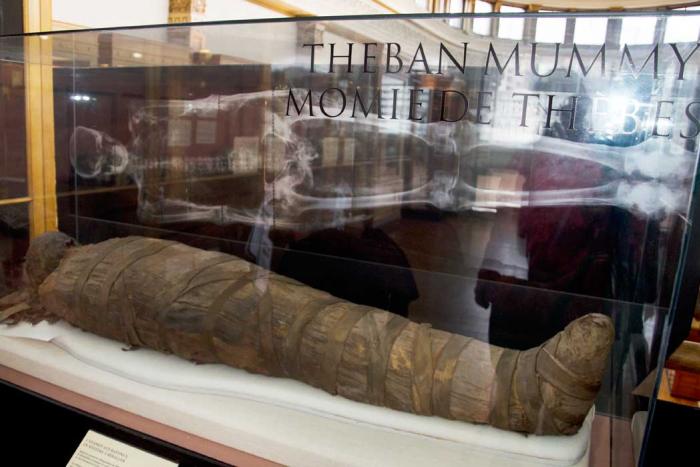
It is well known that violating the tombs of Egyptian mummies can result in deadly curses. The most famous mummy curse is undoubtedly that of King Tutankhamen, which resulted in nine people suffering serious calamities.
Some people believe that both James Ferrier and Sir Thomas Roddick suffered from curses due to their theft of the mummies that they had donated to the Redpath Museum.
On May 30, 1884, Ferrier died suddenly following a brief illness. Sir Thomas Roddick died on February 20, 1923 and was buried at Mount Royal Cemetery two days later.
However, upon reading his Will on February 26, the executors realized his final wishes had been to be cremated. They demanded Sir Roddick be exhumed and cremated according to his wishes.
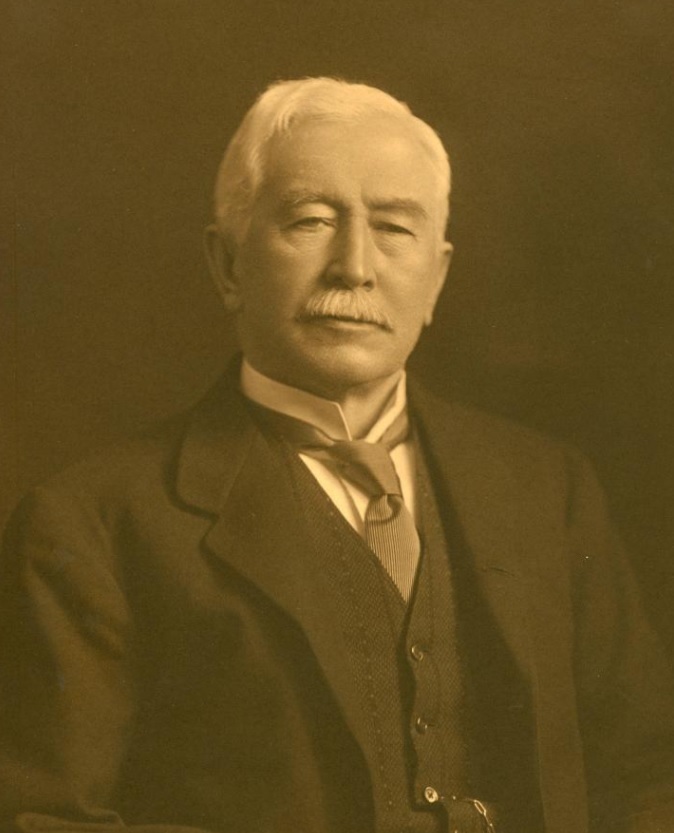
His wife, Lady Roddick staunchly opposed his exhumation and cremation. She told the funeral director that her husband had changed his mind shortly before his death. The Quebec Superior Court oversaw the case and Lady Roddick was successful. Left in the ground, her husband’s corpse would be eaten by worms instead of burning in a crematorium, something Sir Roddick had originally feared.
Whatever the case, the Redpath Museum used an MRI scanner to reconstruct the faces of the three mummies. These are now on display but there are worries those who worked on the project may have been cursed by the ancient mummies.
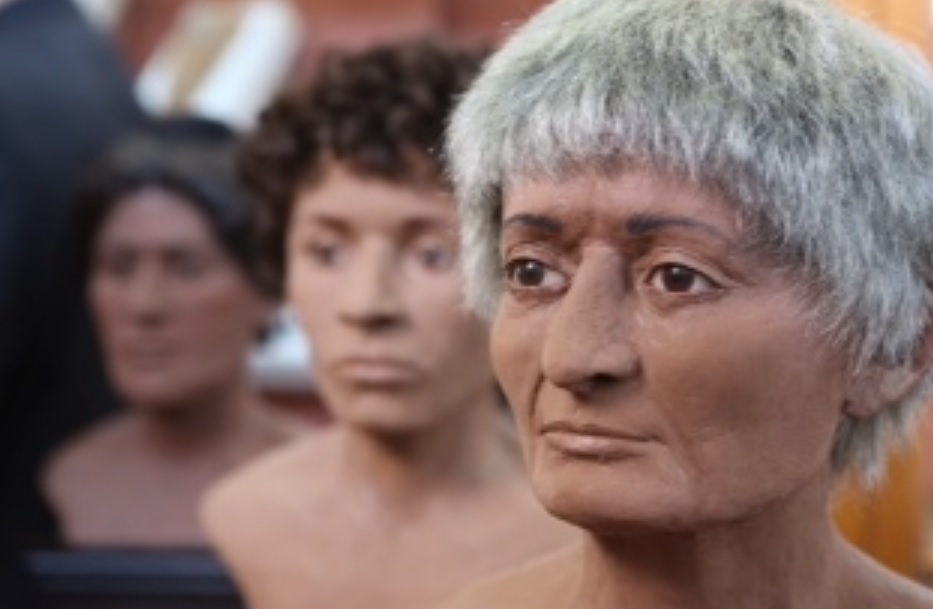
Lastly, the disembodied growling noises seem to emanate from the taxidermied silverback gorilla. Acquired through McGill’s Congo Expedition in the 1930s, the gorilla was put on display and affectionately named “George” by staff members.
At the time, museum official T.H. Clark described the gorilla’s purpose as a way to illustrate scientific features and facts, in addition to raising cultural and educational awareness among the public. A label of “Mammalia primates pongidae” was attached to George’s podium to help visitors identify his species.
George was extremely popular drew many visitors to the Redpath Museum. The gorilla even appeared in newspapers such as the Montreal Star, Montreal Herald and McGill Daily, all of which described the massive beast as a very manly leader in the primate world.
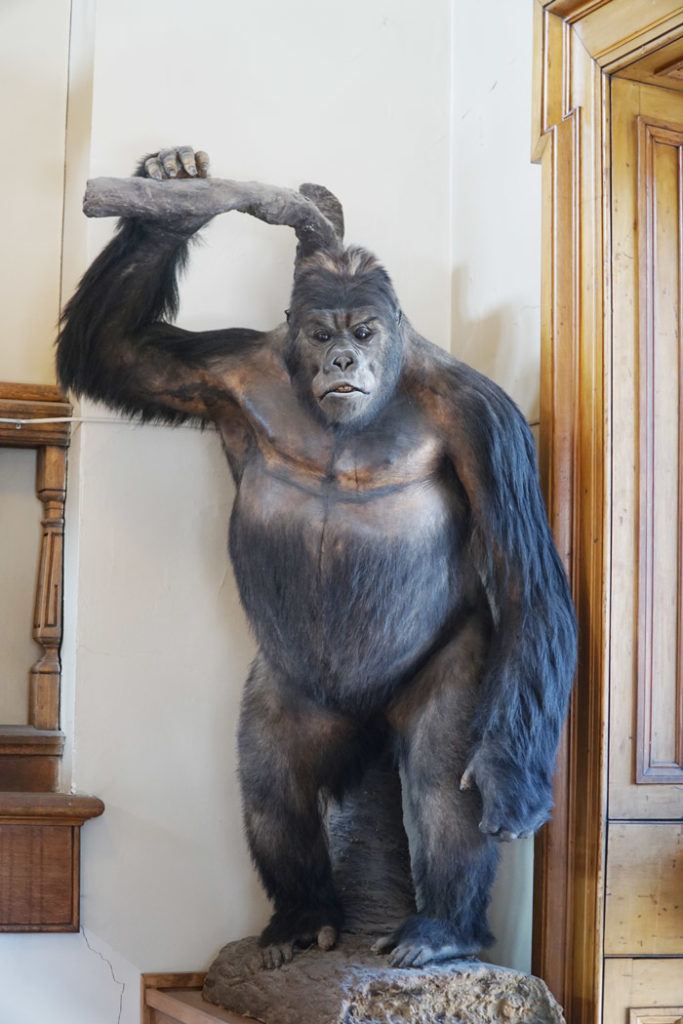
Unfortunately, during the mid-1950s a group of deranged McGill students decided to play a very nasty prank on the silverback gorilla.
Several students, wearing lab coats, entered the museum and asked the museum director if they could borrow the gorilla. They explained that a professor had made the request for academic purposes. The museum director acquiesced and the students removed George from the museum.
The following morning, a professor discovered the silverback gorilla perched atop McGill’s famous Three Bares Fountain.
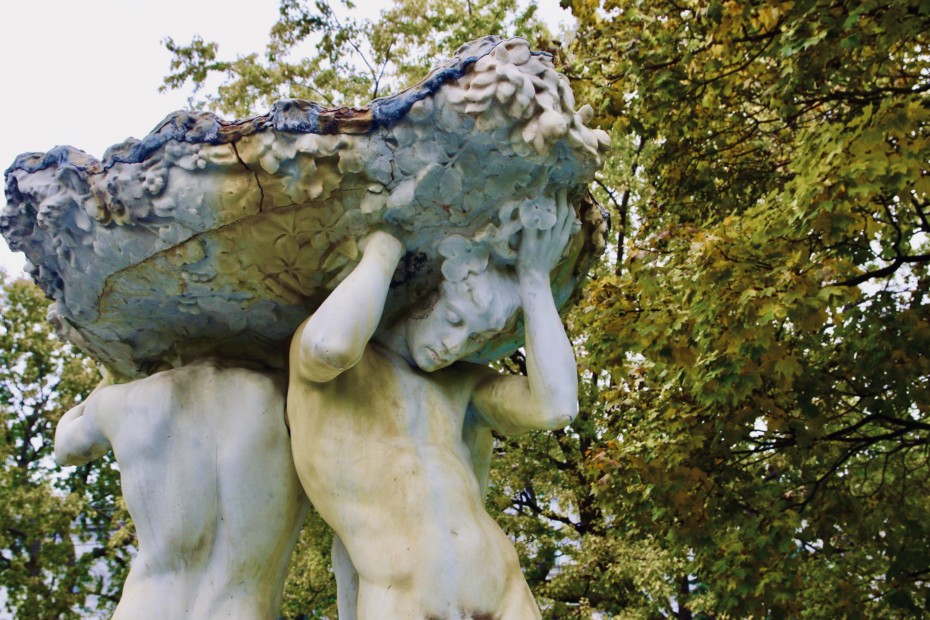
To make matters worse, the pranksters had castrated poor George and removed his proud genitalia.
Soon after officials returned George to his proper place in the Redpath Museum, reports of his disembodied growling began to surface. Sometimes, to this very day, children visiting the museum get frightened when they hear a sudden growl emanating from the castrated silverback gorilla.
Needless to say, with so much haunting at the museum, calls have increased to decolonize the Redpath. Gloria Bell, an assistant professor of Indigenous Arts at McGill University, told the McGill Tribune that the Redpath Museum has “a historicizing, outdated, primitivizing display [and employs] a very old school strategy.”

There are now calls to repatriate the artifacts, although one problem is that many of their origins remain unclear.
Whatever the case, McGill University’s Redpath Museum is a colonial relic of the past with a Victorian Era atmosphere and a host of paranormal problems. For the ghost hunters out there, it is well worth a visit!
Company News
Haunted Montreal is thrilled to announce that new public health measures in place allow small gatherings outdoors! We are now permitted to run outdoor tours and activities with a maximum of 8 clients.
As such, we have re-booted two of our outdoor haunted experiences:
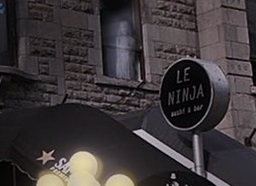
We are also offering our Virtual Ghost Tour on demand in both English and French.
Both public and private sessions are available!
Private tours of up to 8 people are also available for a fixed rate of only $160.
While clients can request any date, time and operating tour, they are based on the availability of our actors and must end at least one hour before the 8 pm curfew.
Email info@hauntedmontreal.com to book a private tour!

For Health and Safety reasons, Haunted Montreal provides face masks and hand sanitizer. All of our walking tours and haunted experiences practice social distancing.
Please spread the word to those who might be interested in a Haunted Montreal experience!
Haunted Montreal would like to thank all of our clients who attended a ghost walk, haunted pub crawl, paranormal investigation or virtual event during the 2020 – 2021 season!
If you enjoyed the experience, we encourage you to write a review on our Tripadvisor page, something that helps Haunted Montreal to market its tours.

Lastly, if you would like to receive the Haunted Montreal Blog on the 13th of every month, please sign up to our mailing list.
Coming up on May 13: Montreal’s 1742 Sorcery Trial
During the era of New France, sorcery was considered a Crime Against the Church and those found guilty were severely punished and even exiled. In 1742, a French soldier named Francois-Charles Havard de Beaufort was stationed in Montreal. Known for his parlor tricks and slight-of-hand, authorities accused him of sorcery after he used a crucifix to try and conjure the image of a thief in a mirror. A lengthy trial followed and when a verdict of “guilty” was rendered, the sorcerer was severely punished.
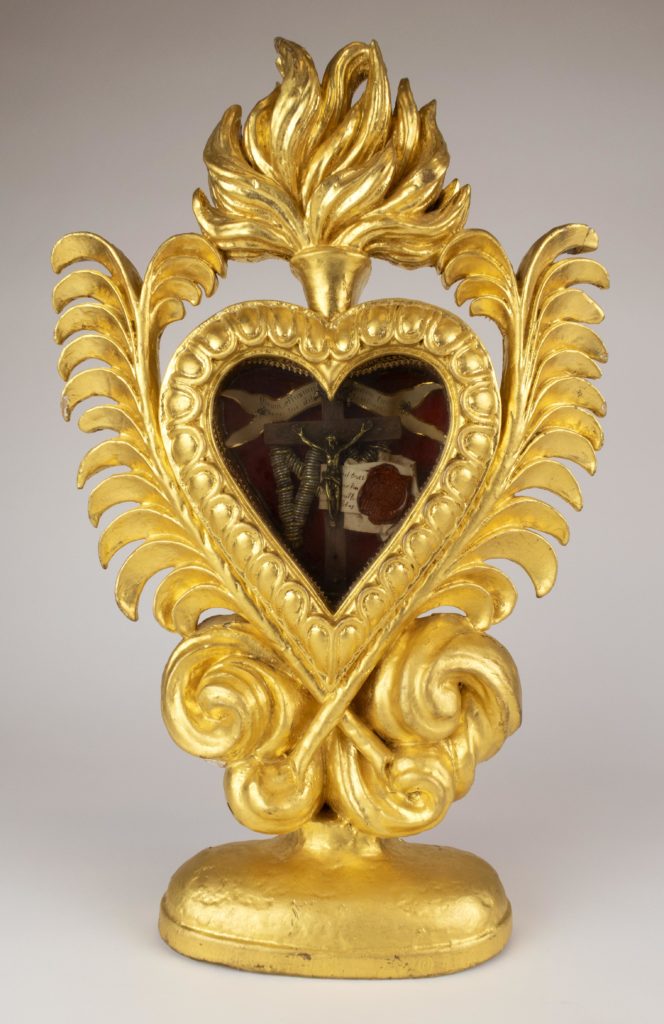
Donovan King is a postcolonial historian, teacher, tour guide and professional actor. As the founder of Haunted Montreal, he combines his skills to create the best possible Montreal ghost stories, in both writing and theatrical performance. King holds a DEC (Professional Theatre Acting, John Abbott College), BFA (Drama-in-Education, Concordia), B.Ed (History and English Teaching, McGill), MFA (Theatre Studies, University of Calgary) and ACS (Montreal Tourist Guide, Institut de tourisme et d’hôtellerie du Québec). He is also a certified Montreal Destination Specialist.




Comments (0)